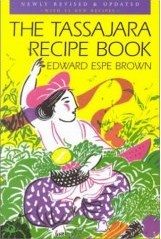 Spirituality
Spirituality
 Books on Buddhism.
Books on Buddhism.
 Basic Buddhism Glossary:
Basic Buddhism Glossary:
A, B, C, D, E, F, G, H, I, J, K, L, M, N, O, P, Q, R, S, T, U, V, W, X, Y, Z.
 FAQs (Frequently Asked Questions) on Buddhism.
FAQs (Frequently Asked Questions) on Buddhism.
 Links to other Sites on Buddhism.
Links to other Sites on Buddhism.
Welcome. There are many and varied traditions of Buddhism, just as there are many and varied traditions of Christianity, paganism, etc.
What is here is offered for your consideration. Maybe it applies. Maybe not.







